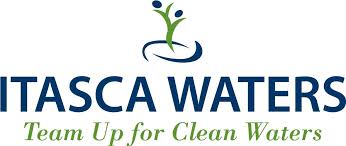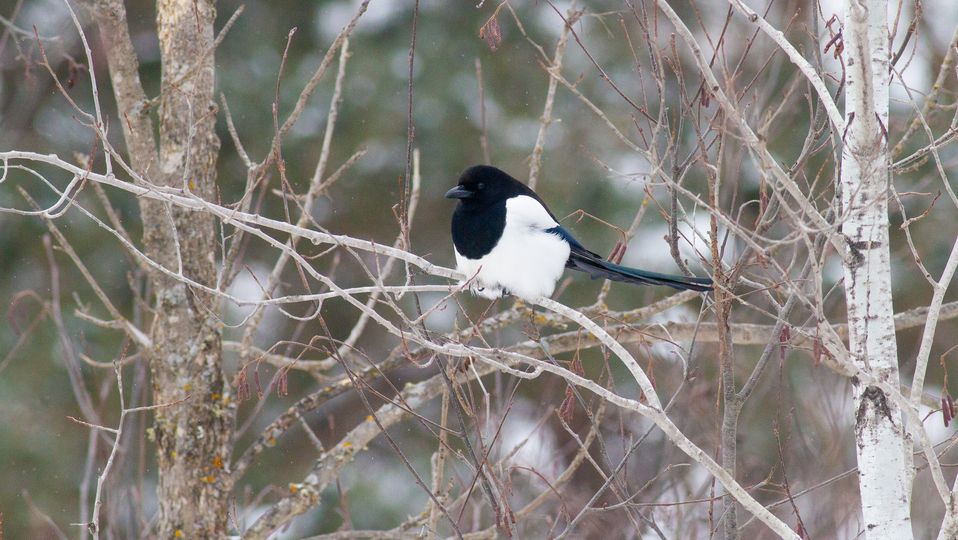
Webinar Presented by: Chris Filstrup (Limnologist at the University of Minnesota Duluth’s Natural Resources Research Institute)
Cyanobacteria, also known as blue-green algae, present a complex management challenge in lakes because they can rapidly form dense surface scums, or blooms, that are difficult to predict. Under the right conditions and with the right types of cyanobacteria, cyanobacteria blooms can become harmful when certain cyanobacteria strains produce potent toxins that make people sick and can kill pets and wildlife. Worldwide, cyanobacteria harmful algal blooms (cHABs) are anticipated to become more prevalent, more frequent, and more severe under future climate and land use scenarios. While cHABs have long been known to occur in warm water, nutrient-rich lakes, such as those in southern Minnesota, their expansion into colder, low-nutrient lakes of northern Minnesota, including recent occurrences of cyanobacteria blooms in nearshore Lake Superior, signifies that cyanobacteria are already responding to global change. In this talk, I will discuss how cyanobacteria are well adapted to future climate conditions, what factors may be contributing to their expansion into lakes where they were previously rare, and what potential strategies we can use to mitigate severe cHABs.
Follow link to register: https://umn.zoom.us/webinar/register/WN_6CAZ4bJNQBWiuGZnwcr4Gw#/registration



